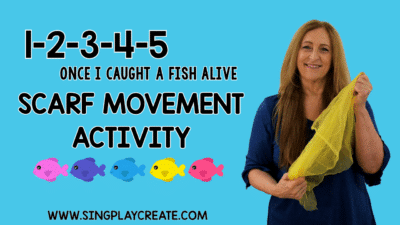
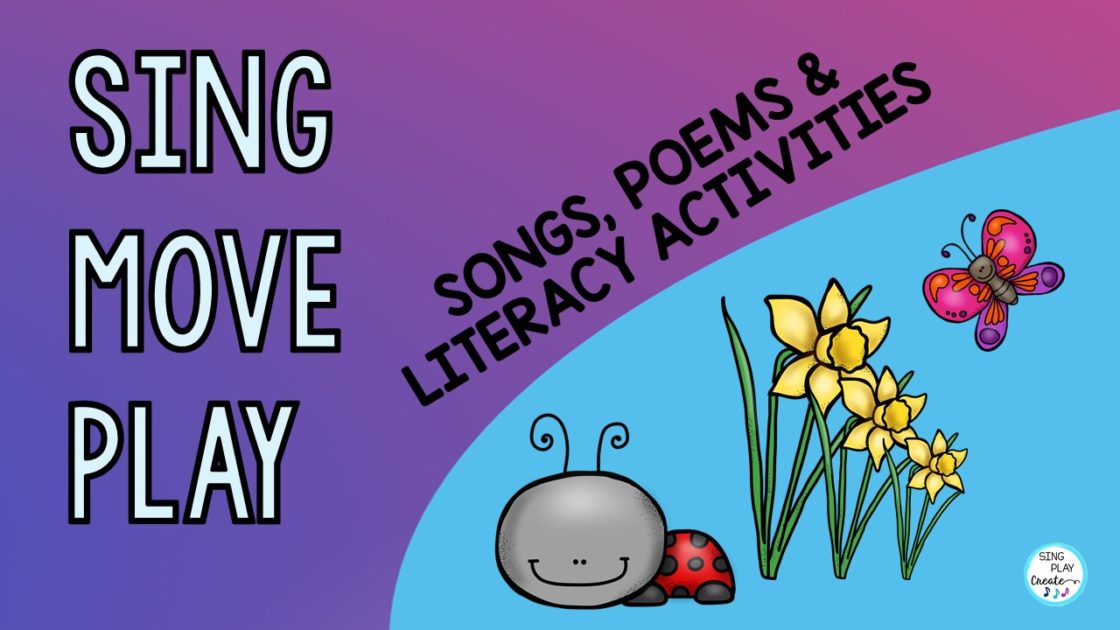
I believe that singing and moving is as important in a young child’s development as love. That’s why I teach music. I know that singing and moving activities are going to help my students in their emotional, physical and “educational” health. That’s why I’m sharing some ideas on how to SING, MOVE, PLAY, LEARN and why it’s important.
As a kid, my mom sang everything to me. She sang about work, play, fun things, sad things and spiritual things. She sang to us in the car, when we were in the tub, running through the sprinklers and when it was time to go to sleep. My dad always had music playing on the “record” player, anything from “The Clancy Brothers” to “Madame Butterfly”.
Little did I know that all of that singing and moving was helping us kids learn. My mom was also very free in her expression of the music and we’d dance as we sang too. My dad-not so much- but in that environment, I thought it was “normal” for most kids to sing and move A LOT!
I gave to my own children the gift-of moving freely to music, expressing their feelings through songs or listening to such a wide variety of genre’s. Children need a variety of opportunities to connect to their emotions, and singing and moving to music provides a multi-purpose and effective way to help them.
When I became a teacher- I realized that it was not necessarily the “norm”. Many children do not have the experiences like I did-and as a music teacher the philosophy of sing-move-play-learn drives my curriculum and lessons.
Wow! It took me a long time to realize the great blessing/gift I was given as a child to experience music and movement freely. I count my blessings that I grew up with a pretty diverse repertoire of musical singing and listening experiences.
Are you STUCK?
No worries- Here’s some concrete ideas on how to Incorporate Singing and Moving into your classroom.
Moving to the music will help your students remember the songs.
Using sign language, gross motor movements or just clapping along can make the song more engaging and memorable.
Check out this blog post on transitions to help kids sing-move-play-learn!
“Quick and Easy Music Class Transitions”
You need to grab this Free Resource- Why?
It has a steady beat lesson, song, movement all in an easy to use VIDEO LESSON. Sing-Move-Play-Learn Freebie Song and movement activity. You’ll find a video and Mp3 Tracks to help you sing a long.
“Heartbeat MUSIC LESSON FREEBIE”
The Sing-Move-Play-Learn method can be implemented in music, PE, Special needs, and Regular Education classrooms.
There’s many opportunities for teachers to using chants and songs that also require some movement.
I use a lot of transition songs in my classroom.
All teachers can use this transition Freebie with Line up and Brain Break Chants and Songs.
Line UP and Brain Break Chants and Songs
The song isn’t as important as just singing!
As educators it’s critical that we give our students the opportunity to experience music and movement in the learning environment.
Many teachers know that combining music and movement in the classroom improves student retention levels, builds classroom community and provides another way for students to learn skills.
Music and movement not only reaches all the “kinesthetic” and “musical” students, but engages the verbal/linguistic, mathematical and scientific thinking students too.
Movement activities can be easy, short and are so effective in keeping students engaged all day.
It doesn’t take much to imagine and KNOW that after students do seat work-they need a movement break.
Incorporating movement activities can help your students transition from reading to writing to math to science to lunch to leaving and coming for the day.
Begin with easy activities that you repeat daily. This will help students know that after this activity they are going to do…….
For example:
During morning meeting sing a hello song.
Mid Morning move to a COUNT TO 30 ACTIVITY where students dance to the music and count aloud.
Afternoon break time ask students to FREEZE DANCE to a relevant FREEZE activity that reflects what you’re working on in class. You may be doing a SPRING BUG unit.
This FREEZE DANCE activity is perfect to transition from listening to a story to working at the desks.
Even a 1 minute break will do a lot for your students.
You will need to teach them to take a breath, and then silently walk to their desks. You could have them show their favorite sitting yoga pose when they get to their seat.
Hands on their head.
Feet on the floor- and deep breathing.
Reward the table that get’s it right!
Soon everyone will “get” the pattern.
I’m truly hoping this helps you work out a movement break plan in your classroom.
Because movement is part of what kids need to know and it’s our job to develop.
It helps their reading and Math skills grow.
There’s so many ways to incorporate literacy and music activities in your classroom.
I’ve created many resources for teachers to use to integrate singing and moving into their classroom.
These are songs, poems and writing activities for teachers to use during holiday times throughout the school year.
Teachers and students love to use my Reader’s Theater, Songs, Poems and Writing activities.
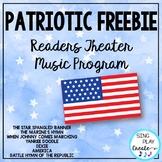
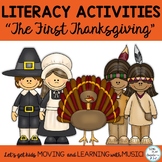
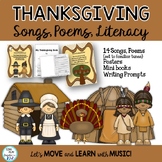
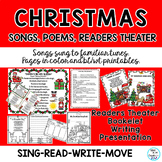
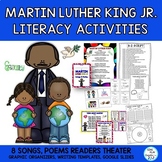
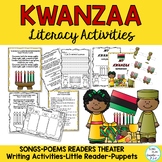
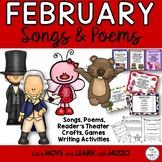
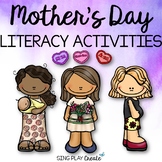
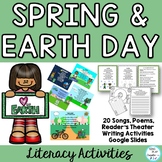
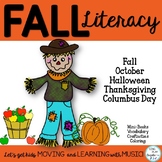

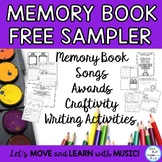
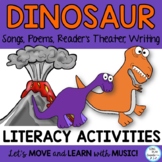

Please Share this Post!
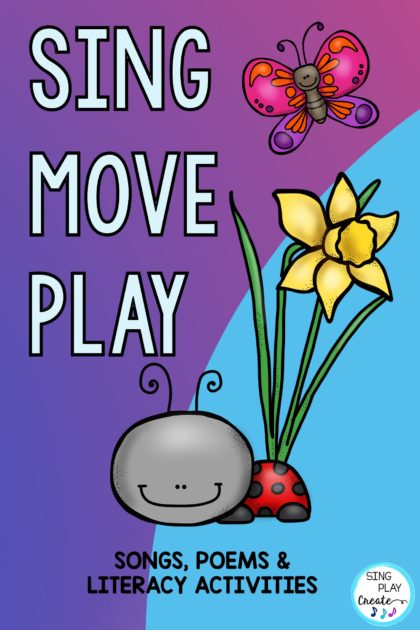
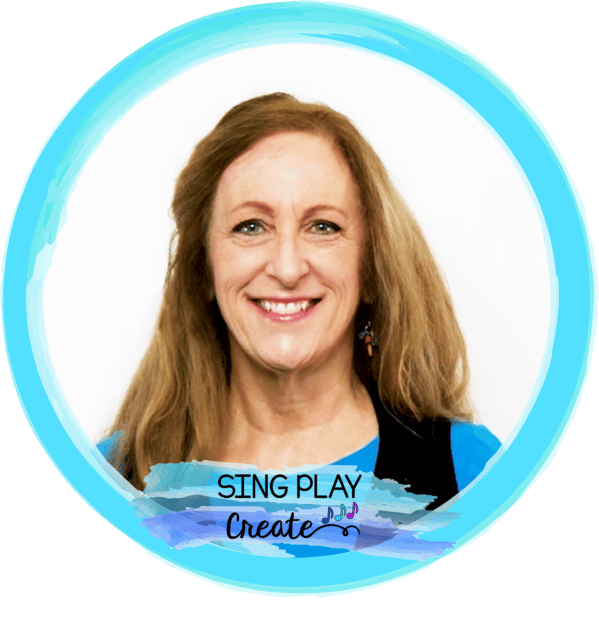
Hi there! I’m Sandra, one of the authors behind Sing Play Create. My goal is to provide teachers with interactive resources and activities to improve the effectiveness of their teaching and enhance student learning.
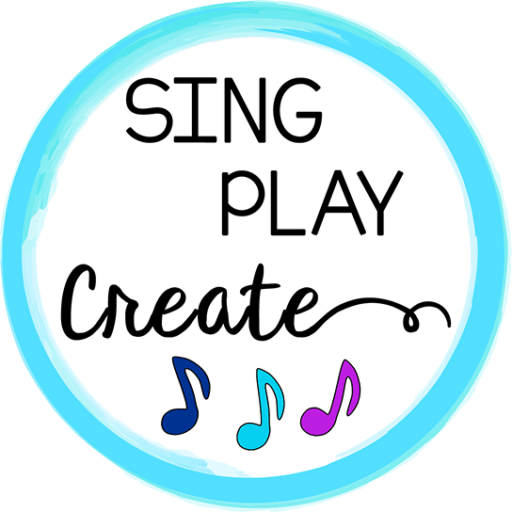
© 2022 Sing Play Create. All Rights Reserved.